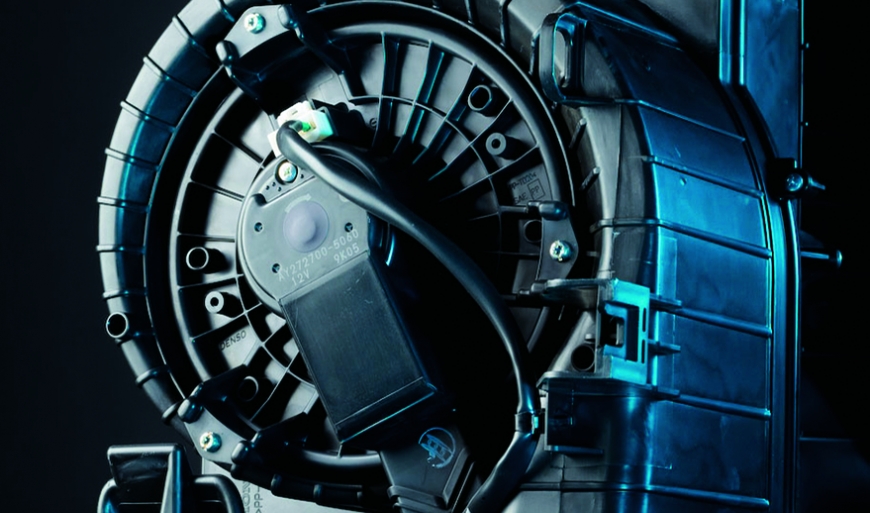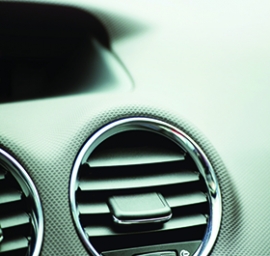Tier 1 Auto Supplier Saves with Supply Chain Expansion
Cycle time improvement, reduced maintenance costs, color standardization mark success

挑战
Material supply interruptions are among the biggest threats to a noted Midwestern Tier 1 automotive supplier. So when the company looked at the integrated HVAC ducting modules it was supplying to a global OEM, it knew that having a single source for its raw material put delivery at risk.
The modules – which combine air ducts, air conditioning coils, filters, damper door mechanisms and a blower motor – are installed behind the instrument panel on several popular models. The supplier molds two housing components using a 20 percent talc-filled polypropylene — one for the HVAC parts and one for the blower motor — then assembles all of the components to produce a single module.
To protect against supply chain disruption, the supplier needed to find a second source for the polypropylene. Based on its location under the hood, the material needed to provide a heat deflection temperature (HDT) rating of 68°C HDT at a load of 264 psi.
And while underhood elements aren’t classified as appearance parts, the OEM wanted to achieve visual harmony when the hood was opened, so the material also had to match the black of other components in the engine compartment.
解决方案
A team of engineers from the supplier and the OEM met with Avient experts to look at possible polypropylene options. Together they developed a specially formulated pre-colored talc-filled Maxxam™ PP material incorporating OnCap™ CTR Process Optimization Additive. This solution met the standards for heat resistance, physical properties and processing parameters.
To assure color consistency, the development process also included creation of color specifications – the first time the OEM had such standardization for underhood parts. This meant that when a prospective customer opened the hood of a vehicle, they would see a single shade of black.
Working together, the supplier and Avient’s technical team also considered opportunities to optimize production. One change was to deliver the raw material in round, underwater-cut pellets rather than the square pellets provided by the other material source. The shape processed more efficiently, delivering a cycle-time reduction and, more significantly, reducing wear on the material handling equipment that carried the pellets 500 feet from silo to press.
New tooling was also being developed at the time, and the team was able to provide design input that minimized mold shrinkage during production.
影响
When the new material was put into production, benefits included:
- Time savings of five to six seconds per cycle for molded housings
- Cost reduction related to downtime and maintenance for the material conveyor line
- Improved performance of tooling and molding operations
- Color standardization on behalf of the OEM for underhood parts
Overall, cost performance for the new material was 40 percent better than for other competitive materials – a level of value the supplier didn’t anticipate when merely seeking another source for a commodity raw material.

